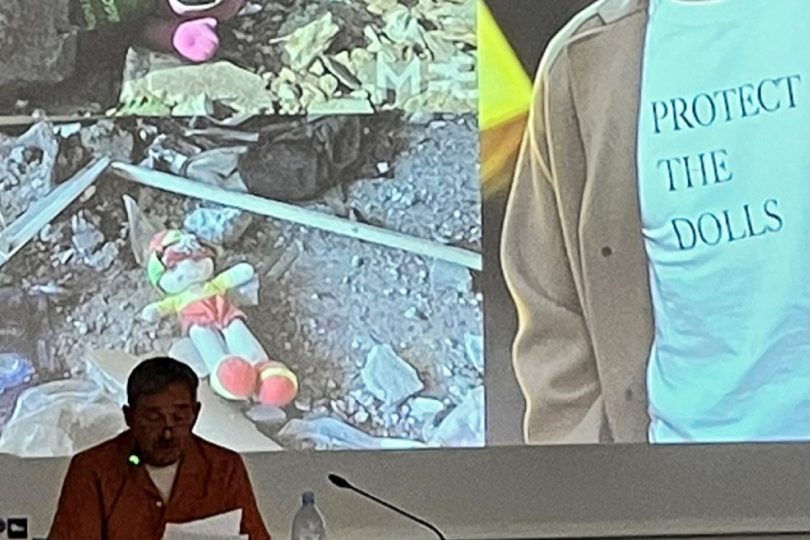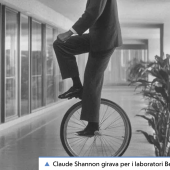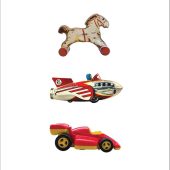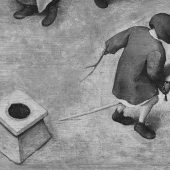A brief prologue to my keynote talk at the 15th Beyond Humanism conference at Paris 8 on 26th June.
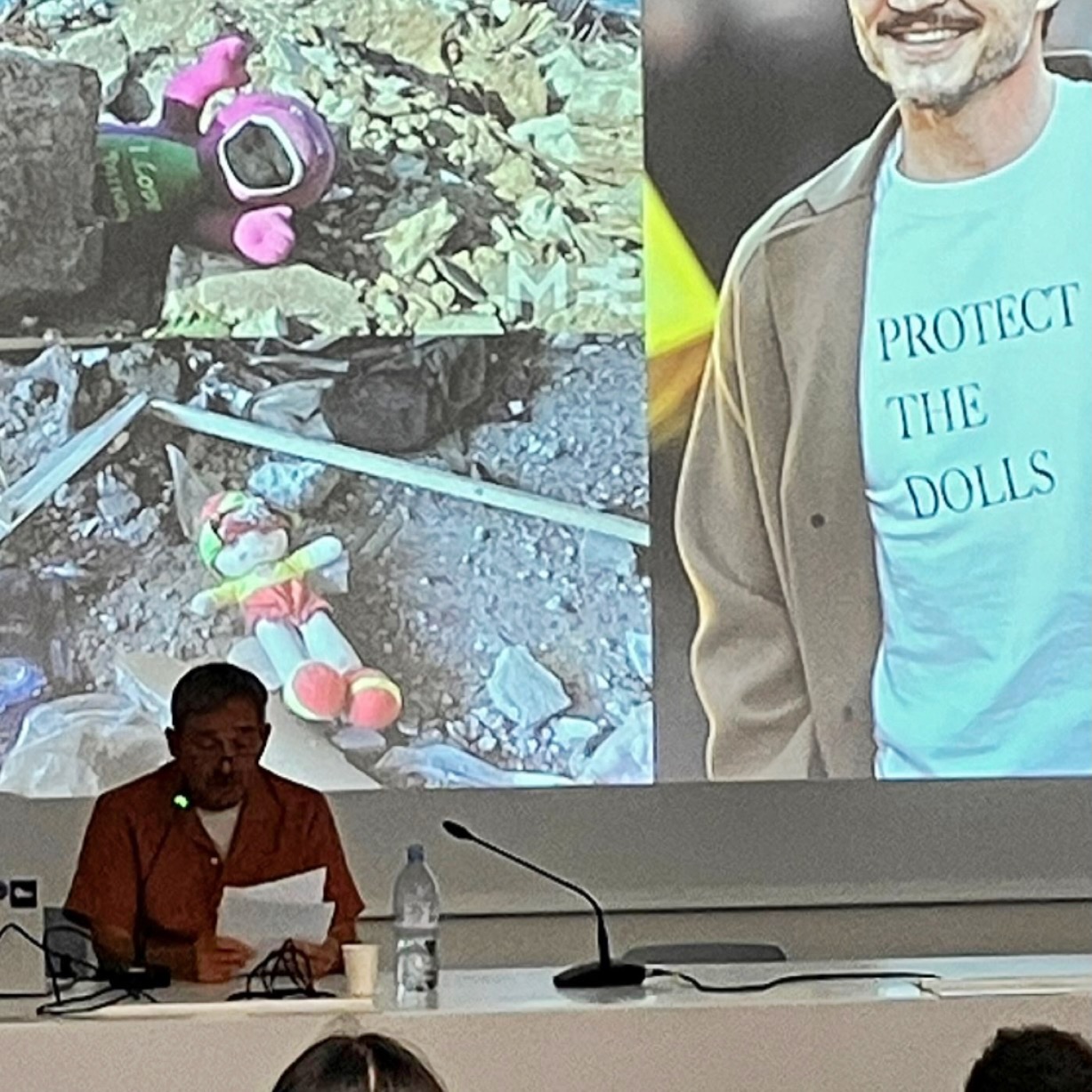
The title ‘Barbaric toys’ was taken from Charles Baudelaire’s essay ‘The Philosophy of Toys,’ denoting children’s primal subject-object relations in play. However, it brought to mind very current, and barbaric in its more usual sense, contexts in which the toy, with its ambiguous status and unstable meanings, comes more into focus. It is on the one hand it is the least consequential of human artefacts, for children, unserious, often disposable. But on the other, as here, it speaks to cruelty and horror, of threat and prejudice. The child’s toy in the ruins of war is a well-established photojournalist cliché, but it has power. Childhood is inseparable from play objects, children explore their own bodies, emotions, and environments through play, so these ruined toys in Gaza are metonyms, synecdoches even, of their 20,000 owners’ lives and bodies, also buried in rubble but unpicturable in mainstream news media.
These T-shirts are one instance of resistance to the wave of transphobic bigotry that has plagued the United Kingdom in recent years. The cultural politics of the gendered doll here are beyond the scope of my talk today, but I would note that throughout my book, the toy draws attention to, and undermines, entrenched post-Enlightenment binaries of the natural and the cultural, the biological and the artificial, binaries that run through current discourses of gender fluidity versus biological essentialism. Toys suggest instead material and imaginative change and emergence, the reality of simulacra and the immanent artificiality of all human culture, technology, and behaviour.
